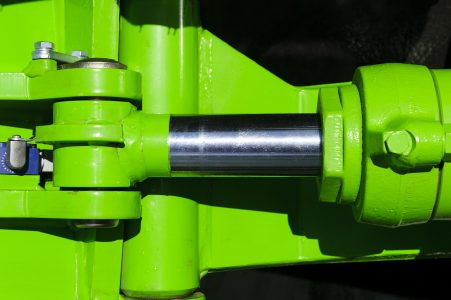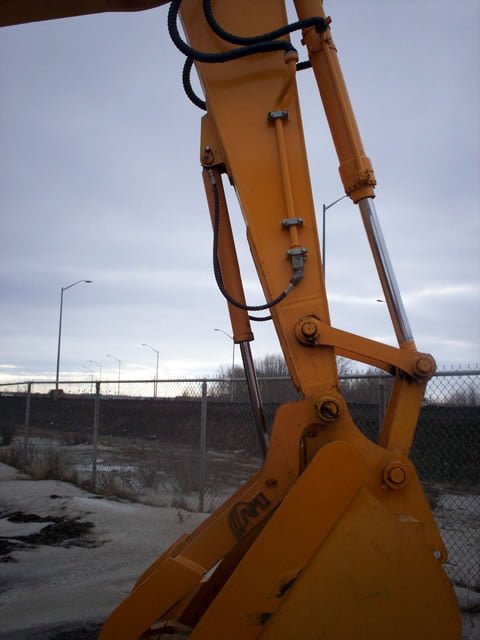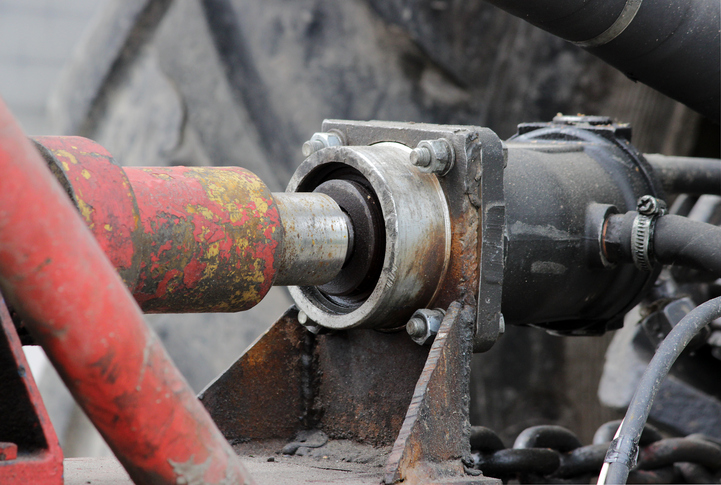 Hydraulic systems are unbelievable systems that can help us accomplish large tasks that would be difficult for even an army of people to tiny tasks with unbelievable precision. No matter how big or small the task, these systems share the same basic components. Hydraulic system components are used to create motion. Components like hydraulic rams and hydraulic motors are all powered by a hydraulic pump.
Hydraulic systems are unbelievable systems that can help us accomplish large tasks that would be difficult for even an army of people to tiny tasks with unbelievable precision. No matter how big or small the task, these systems share the same basic components. Hydraulic system components are used to create motion. Components like hydraulic rams and hydraulic motors are all powered by a hydraulic pump.
Every hydraulic system uses a hydraulic pump to pressurize the working fluid and move it around the system. Through a series of valves and hoses they hydraulic fluid is sent to the specific working mechanisms that the operator chooses and the hydraulic pressure creates the force used to do the work.
Hydraulic systems are all comprised of the same basic components:
- A Hydraulic Pump
- Hydraulic Motors
- Hydraulic Rams
- Valves
- Hoses
Each system has to have a pump to supply pressure. This pressure is used by the motors (rotational force) and rams (linear force) in the system. The hoses transfer the pressure from the pump to the motors or rams and the valves direct the pressure to the correct component.
Hydraulic fluid is the fluid that gets pressurized and transfers force from the pump to other components. Hydraulic fluid is simply a light oil with a few additives to keep it from foaming in the hydraulic pump and to keep it from wearing or corroding any of the other components.
Like any fluid system, there is always the potential for leaks. Leaks in any system can cause problems like low fluid levels that can lead to a lack of lubrication or noisy pumps. Leaks can also cause messes that can mask other problems and lead to future problems as they accumulate dirt and grime and lead to premature wear.
In a hydraulic system, leaks cause these same problems but also lead to a lack of system pressure which can cause abnormalities in operation making the equipment at least unpredictable if not dangerous. Fluid leaks happen at the seals in the system, like the seals at the end of a hydraulic ram or in a hydraulic pump or motor shaft.
Sealing leaks in your hydraulic system is important to avoid the adverse effects mentioned above. Sealing leaks in your system can be a significant expense as the seals can be difficult to access and difficult to replace once you’ve got the equipment taken apart. Having to replace seals in your equipment can also lead to downtime. Lastly, new seals don’t always stop leaks as well as installing new seals doesn’t guarantee a tight fit on an old shaft.
Rather than wasting the time and money trying to replace a seal in your equipment without even being sure if it will stop your leak, try restoring the seals in the hydraulic system components you already have installed in your system!
BlueDevil Hydraulic Stop Leak is a special non-particulate leak stop agent that you can add to the hydraulic oil in your system. As the hydraulic pump circulates the oil, BlueDevil Hydraulic Stop Leak will recondition and seals in your system sealing your leak and keeping your equipment clean and safe.
For more information about BlueDevil Hydraulic Stop Leak, click on the banner below!

You can find BlueDevil Power Steering Stop Leak at any of our partnering local auto parts retailers like:
- AutoZone
- Advance Auto Parts
- Bennett Auto Supply
- CarQuest Auto Parts
- NAPA Auto Parts
- O’Reilly Auto Parts
- Pep Boys
- Fast Track
- Bumper to Bumper Auto Parts Specialists
- S&E Quick Lube Distributor
- DYK Automotive
- Fisher Auto Parts stores
- Auto Plus Auto Parts stores
- Hovis Auto & Truck Supply stores
- Salvo Auto Parts
- Advantage Auto Stores
- Genuine Auto Parts stores
- Bond Auto Parts stores
- Tidewater Fleet Supply
- Bumper to Bumper Auto Parts
- Any Part Auto Parts
- Consumer Auto Parts
Pictures Provided By:
hydraulic_system_components.jpg – By AntonMatveev- Licensed by Getty Images – Original Link
BlueDevil Products can be found on Amazon.com or at AutoZone, Advance Auto Parts, O’Reilly Auto Parts, NAPA, and other major auto parts retailers.
Related Articles



